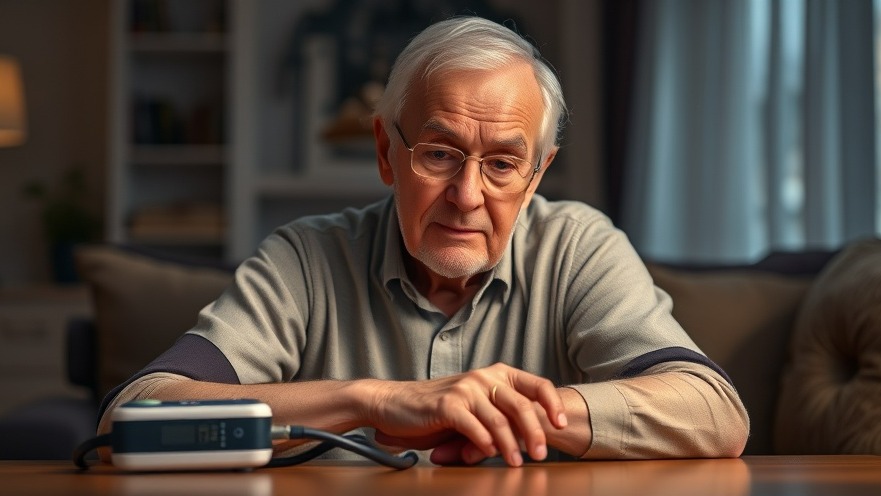
Understanding the Teenage Years: A Parent's Dilemma
As children grow into their teenage years, the dynamic of the parent-child relationship evolves significantly. This is a natural part of development, but it often leaves parents feeling disconnected from their once-very-close children. It's crucial to realize that the emotional distance you may feel isn't simply a sign of growing apart; rather, it indicates a natural progression toward independence for your teen.
Building Bridges through Active Listening
One of the best approaches to stay connected is to become an active listener. Teenagers often communicate their feelings indirectly through their words, tone, and body language. Parents must pay attention and listen carefully, as this can create a deeper understanding and foster trust. According to insights in 30 Ways to Stay Connected with Your Teen, learning to read between the lines can lay the groundwork for more authentic conversations moving forward.
Creating Rituals to Deepen Connection
Establishing little traditions can be vital in maintaining an emotional bond with your teen. Rituals like weekly pizza nights or car rides with the teen DJing can help nurture your relationship. These rituals can become anchors that your child looks forward to, reinforcing that their experiences and preferences matter to you. It’s about making the effort to carve out special time together, which sends a message of love and care.
The Importance of Common Interests
Spending time together doesn't have to feel forced. Whether it’s gaming, watching movies, or working out, engaging in activities that your teen enjoys can significantly enhance the connection. For instance, joining in on their favorite video games can create shared experiences where both parent and child can bond while having fun. This concept mirrors the findings from How To Repair a Broken Relationship With Your Teen, emphasizing that growth often happens through shared activities.
Confronting the Challenge of Change
As teens navigate their independence, both parents and kids may experience a variety of emotions—joy, frustration, and even sadness. It's important to accept these changes and adjust your parenting approach accordingly. Reflecting on your own parenting style and being willing to adapt can help maintain a healthier relationship, laying the foundation for more effective communication.
Open Conversations About Important Topics
Embracing open discussions about relevant issues—be it dating, friendships, or academic pressures—is essential for keeping the lines of communication open. Like discussed in How To Repair a Broken Relationship With Your Teen, asking thoughtful and sometimes difficult questions can create a safe space for your teen to express their feelings. Showing a willingness to engage thoughtfully—instead of defensively—invites trust while paving the way for deeper exchanges.
Recognizing Milestones Together
Creating memories together during milestones—like graduation or sports events—can serve as reminders of the strong narrative you both share. These experiences help bridge the gap and build a repository of positive memories that strengthen your bond. Seeing your teen shine during such moments fosters mutual pride and intimacy, making it easier to communicate effectively in difficult times.
Final Thoughts: Acceptance and Adaptation
Letting go of the past connection you had with your child as they were growing up can be hard, but this does not mean the relationship is broken. It’s about accepting a new phase and finding ways to navigate it together. With patience, understanding, and dedication to open communication, parents can maintain a solid connection with their teenage sons. Start today by reaching out and sharing an experience—whether big or small— to show your commitment to the evolving parenting journey.
To elevate your practice and provide additional support for your patients, consider offering workshops or resources focused on family wellness and parent-teen relationships. By doing so, not only will you enhance your own practice but also contribute positively to community well-being.
 Add Row
Add Row  Add
Add 




Write A Comment